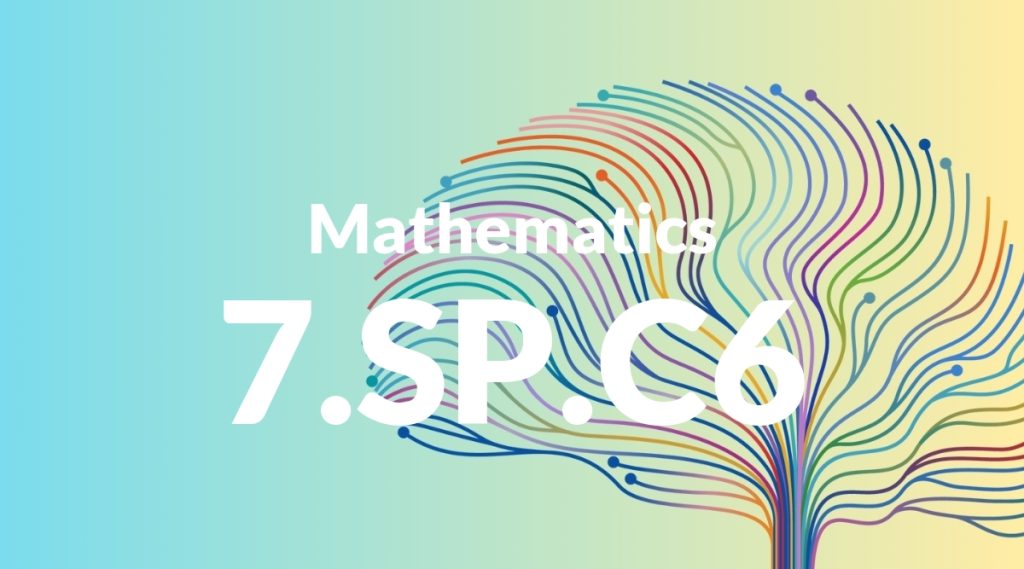Standard: 7.SP.C6 – Approximate the probability of a chance event by collecting data on the chance process that produces it and observing its long-run relative frequency, and predict the approximate relative frequency given the probability. For example, when rolling a number cube 600 times, predict that a 3 or 6 would be rolled roughly 200 times, but probably not exactly 200 times.
Grade level: Grade 7
Subject: Mathematics
Domain: Statistics & Probability
Teacher Overview
This standard focuses on helping students understand how to approximate the probability of chance events by collecting data and observing long-run relative frequencies. It is crucial for students to grasp this concept as it lays the foundation for more advanced statistical analysis and probability theory. Students should have a solid understanding of basic probability, including the concepts of outcomes, events, and sample spaces. They should also be comfortable working with fractions, decimals, and percentages.
Understanding this standard will prepare students to tackle more complex probability problems, including those involving compound events and expected value, which are essential for high school statistics and real-world applications.
Common Misconception 1
Some students might think that if the probability of an event is 1/3, then in 300 trials, the event will occur exactly 100 times. This is incorrect because probability is about long-term trends and not exact short-term outcomes.
Intervention 1
To address this misconception, use computer simulations to run a large number of trials and show students how the results vary but tend to approximate the predicted probabilities over time.
Common Misconception 2
Another common misconception is that short-term results are reflective of long-term probabilities. For instance, if a student rolls a die and gets a 6 three times in a row, they might incorrectly believe that the die is biased.
Intervention 2
To correct this, have students conduct experiments with larger sample sizes and discuss how short-term variations are normal and do not necessarily indicate a problem with the probability model.
Prerequisite Knowledge
Students should have a basic understanding of fractions, decimals, and percentages, as well as a foundational knowledge of simple probability concepts such as outcomes, events, and sample spaces.
Subsequent Knowledge
After mastering this standard, students will be able to apply probability models to real-world situations, understand and use the concept of expected value, and analyze more complex probability problems involving compound events.
Instructional Activities
- Conducting experiments with dice and recording outcomes
- Using computer simulations to model probability events
- Analyzing sports statistics to predict future performance
- Creating probability models for simple games
- Discussing real-world scenarios where probability is used




